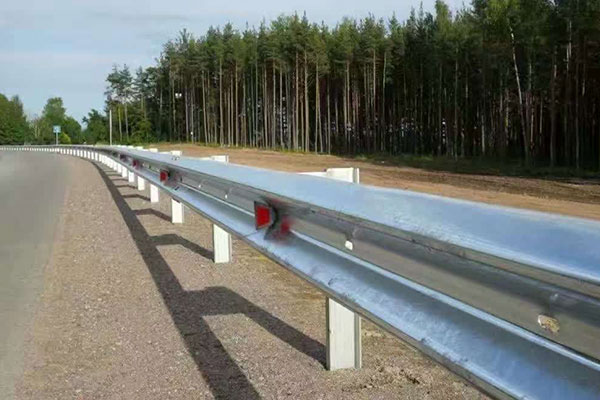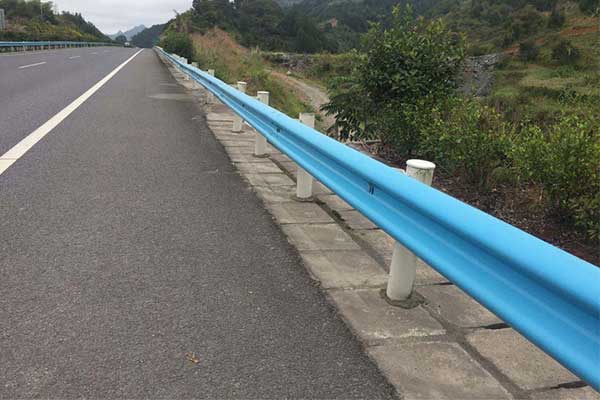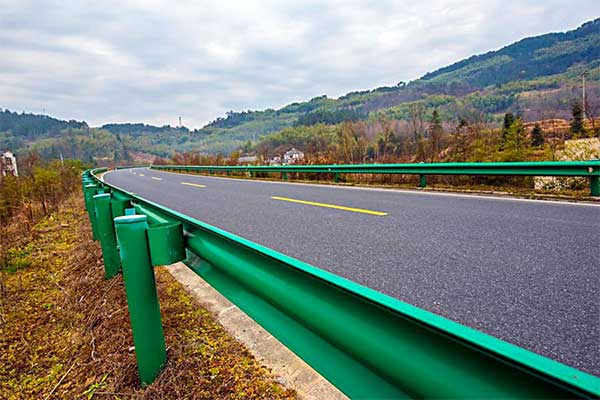W Beam Crash Barrier: Everything You Need to Know
In the realm of road safety, W Beam crash barriers are a critical element in reducing the impact of vehicular accidents. These metal barriers are designed to absorb and deflect energy, helping to minimize damage during vehicle collisions and protect both drivers and infrastructure. Widely recognized for their strength, durability, and effectiveness, W Beam crash barriers play an indispensable role in highway safety around the world.

What is a W Beam Crash Barrier?
A W Beam crash barrier, often called a guardrail, is a type of safety barrier made primarily of steel. Named after its characteristic “W” shape, the design allows the barrier to absorb energy and reduce the severity of impact during a crash. These barriers are typically installed on highways, urban roads, and bridges to prevent vehicles from leaving the roadway or colliding with roadside hazards.
Key Components of a W Beam Crash Barrier
- W Beam Rail: The primary component, the W-shaped beam is attached to posts along the roadway. The shape adds structural strength, enhancing its energy absorption capabilities.
- Posts: The beams are mounted on steel or wooden posts, which are set at regular intervals. These posts help the beam maintain stability and absorb impact energy.
- End Treatments: The ends of W Beam barriers are equipped with treatments that taper the edge of the barrier, reducing the risk of severe injuries upon impact.
- Spacers and Blockouts: Placed between the rail and post, these elements help to control the angle of deflection, improving the safety of the barrier system.

Benefits of W Beam Crash Barriers
The use of W Beam Crash Barriers brings several advantages, making them a critical asset for road safety initiatives:
- Enhanced Safety: By absorbing and redirecting energy, W Beam barriers can prevent vehicles from veering off the road, protecting drivers, passengers, and nearby pedestrians or structures.
- Cost-Effective Maintenance: While initial installation may involve significant costs, W Beam Crash Barriers require minimal upkeep. Their resilience to harsh weather conditions and impact reduces the need for frequent repairs, making them cost-effective over time.
- Versatility: These barriers are suitable for a wide range of applications, including highways, bridges, and medians, and can be installed in both urban and rural environments.
- Compliance with International Standards: W Beam Crash Barriers often meet globally recognized safety standards, such as those outlined by AASHTO (American Association of State Highway and Transportation Officials), making them an internationally trusted choice for road safety.
Applications of W Beam Crash Barriers
Due to their versatility, W Beam crash barriers are suitable for various roadway settings:
- Highways and Expressways: Commonly used on high-speed roadways, these barriers prevent vehicles from crossing into oncoming traffic or leaving the roadway in case of a collision.
- Urban Roads: W Beam barriers are often installed along urban roads to protect pedestrians, cyclists, and motorists. These barriers can also be found near schools, hospitals, and commercial areas for added safety.
- Bridges and Overpasses: Bridge safety is a significant concern, as collisions on elevated structures can have severe consequences. W Beam crash barriers prevent vehicles from falling off bridges or overpasses, making them an essential safety measure.
- Sharp Curves and Ramps: In areas with high risk of rollovers or skidding, such as sharp turns or steep inclines, W Beam crash barriers offer additional protection for vehicles, ensuring they remain on the intended path.

Installation and Maintenance of W Beam Crash Barriers
The installation of W Beam Crash Barriers requires careful planning and adherence to safety regulations. The primary installation steps include:
- Site Assessment: Engineers conduct an assessment to determine the appropriate location, length, and strength of the barrier needed.
- Post Placement: Posts are installed either by driving them into the ground or securing them in concrete bases.
- W Beam Attachment: The W-beam rail is then mounted onto the posts using fasteners, ensuring secure and stable positioning.
- End Terminal Installation: Installing end terminals prevents dangerous vehicle penetration at the barrier’s end, ensuring driver and passenger safety in the event of a collision.
For maintenance, W Beam Crash Barriers require regular inspections to check for any signs of corrosion or damage due to previous impacts. Damaged sections should be promptly replaced to maintain the barrier’s integrity and safety function.
Conclusion
W Beam crash barriers play an essential role in ensuring road safety across highways, bridges, and urban roads. Their W-shaped design, combined with the durability of galvanized steel, makes them effective at energy absorption and vehicle containment.
Looking For High Quality W Beam Crash Barrier Supplier?
RoadSky is a professional highway guardrail supplier. In addition to providing w beam crash barrier, it also provides thrie beam guardrail, guardrail installation machine, etc. If you are looking for these products for your project, you can contact us directly for more information.

